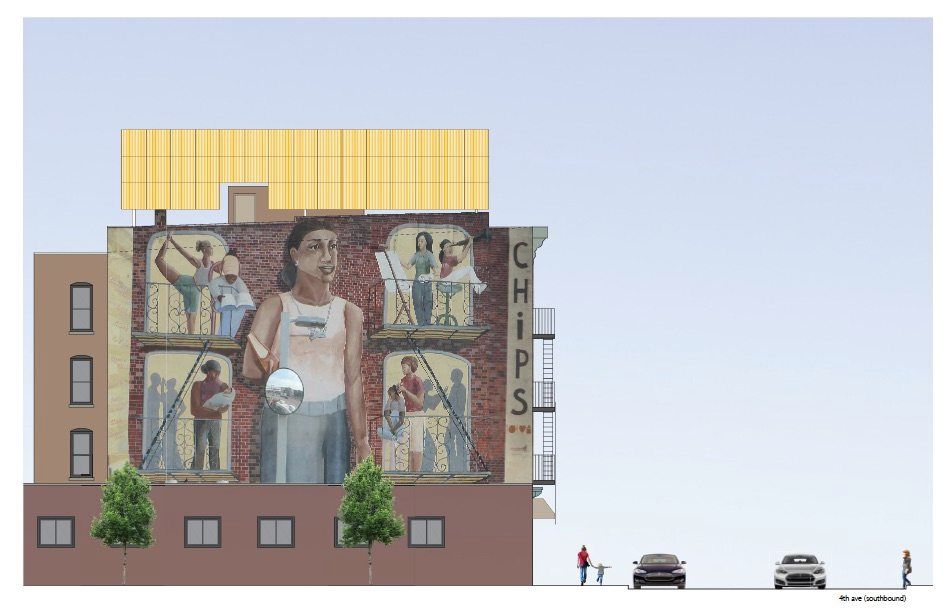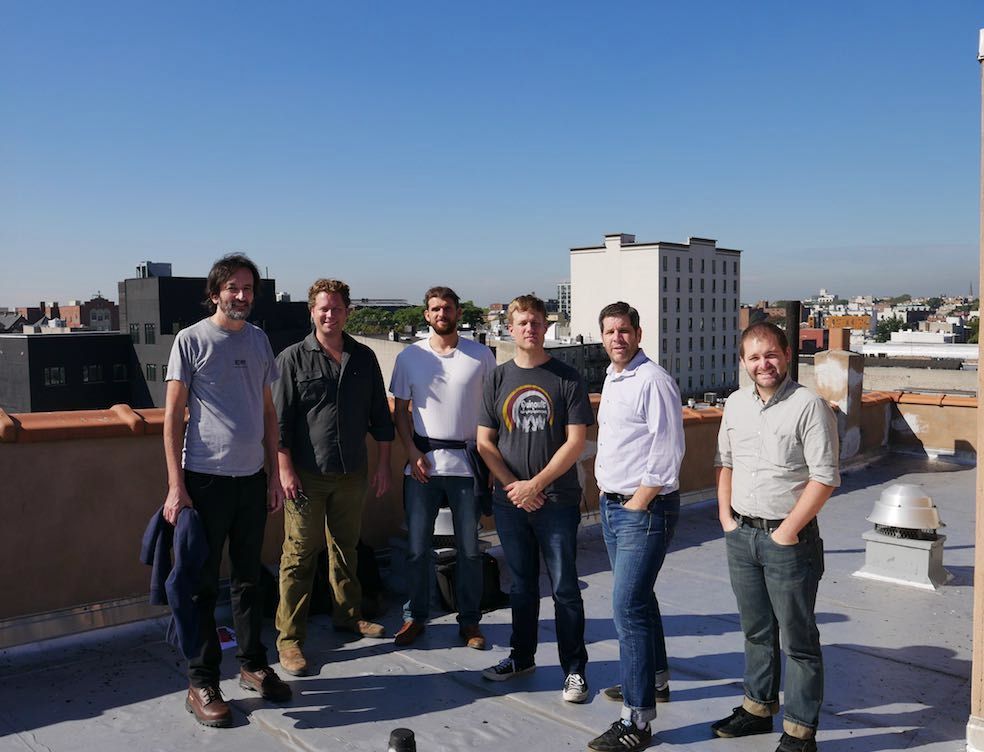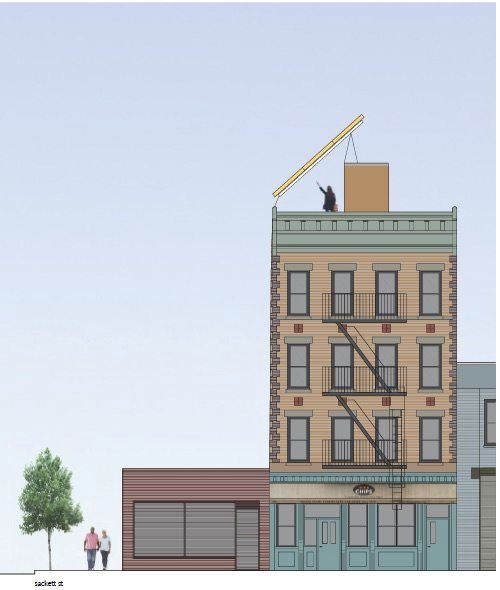Positive Energy: Brooklyn Microgrid Proposes Solar Energy Panels For CHiPS

Soup Kitchen and Homeless Shelter to Become Hub of the Futuristic Brooklyn Microgrid! (Produced by Steve de Sève for BRIC TV)
Brooklyn Microgrid, a project funded by LO3 Energy, is dedicated to building a resilient, green, renewable, and locally generated energy microgrid in the Gowanus, Park Slope, and Boerum Hill neighborhoods of Brooklyn.
The project team contacted CHiPS, the soup kitchen and shelter for homeless mothers located at 200 Fourth Avenue in Park Slope, with a proposal to install solar panels on their rooftop. The panels would produce energy for the CHiPS building enabling it to power its own facilities and sell the excess power to local residents and small businesses.

BRIC TV producer Steve de Sève met Sasha Santiago, Brooklyn Microgrid’s Marketing and Community Outreach Director, at a Fifth Avenue Committee event and learned about the project. Fascinated, de Sève decided to produce a video for BRIC TV’s BK Stories to get the news out about Brooklyn Microgrid’s collaboration with CHiPs. As Santiago explains in the video:
The plan with CHiPS is basically to make them a little more energy resilient. CHiPS has a great rooftop and they have a clear line of sight to the sun. They’re an organization which counts their pennies, so any which way we can save any dollars going out from CHiPS and keeping it in-house to pay staff or to buy folks meals is a great idea.
According to Santiago, a grid or macrogrid is “basically the coppers and wires that are moving energy from sources like power plants and bringing it into Brooklyn. Most of us get our energy from the grid. A microgrid has a way to isolate itself or to section off a certain section of the main grid where it would operate independently in the case of an emergency or a brownout or blackout….”

Established in 1971, CHiPS feeds 250 people a day and provides furnished apartments to homeless women in their last trimester of pregnancy or with an infant up to 3-weeks-old. Denise Scaravella, the Executive Director of CHiPS, told de Séve, while the building does not have a mortgage, it does have significant electricity bills.
“All the apartments are individual electric units, so all of the moms have to pay their own electric bill.” She added, “We have been offered a very interesting project to team up with [Brooklyn] Microgrid and have solar panels put on our roof and be the hub for the microgrid community.” The solar panels would produce power, helping to reduce their energy costs while providing a revenue source when CHiPS sells its excess electricity to neighbors.

LO3 Energy founder, Lawrence Orsini, said the PV (Photovoltaic) plant that would go on the CHiPS roof would probably be between 30–50 kilowatts, which would currently “just produce a little bit more than the building consumes,” so an efficiency audit will need to be conducted. Once CHiPS is able to “reduce the consumption of the building” and the solar panels are installed, more energy can “go back onto the grid to serve other buildings around it.”
Santiago further explained by telephone that the CHiPS building is currently “very inefficient,” and needs to undergo an energy assessment to provide “insight into what needs to be upgraded or improved.” He added that the energy audit will provide “a lot of important information for CHiPS in general,” giving the organization an “understanding of how their building is running so they can make some decisions and start saving money right away.”
The energy assessment will also help the Microgrid team put together a “final blueprint of the structure that has to be built with the price tag” so fundraising efforts can begin for the project.
Scaravella closes the video with, “I’m really hoping that the solar panels that are put up will generate enough energy that we would be able to sell it and then I can count on that as a revenue stream.” She hopes neighbors will be encouraged to buy their energy locally from CHiPs instead of from “a big company” and in the process, give back to the community.
The video’s producer, de Sève, hopes to revisit this story again as it progresses. He enthused, “I always like to come back…and see where things have gone. This is pretty exciting.”
Updated on December 10, 2016, 11:15am: Laura Goldberg of CHiPS adds the following: “CHiPS is not actually slated to become a Microgrid hub as of yet… i.e., before the project can receive a green light, Microgrid will need to submit a proposal to CHiPS for approval of the project by our Board of Directors.”




